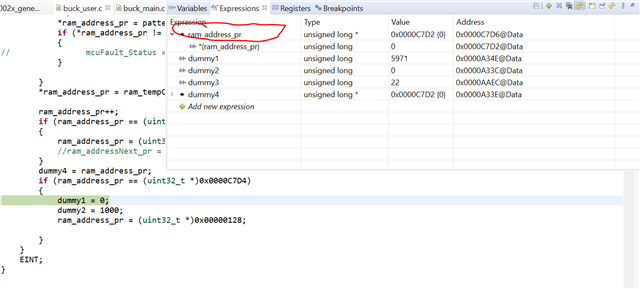Other Parts Discussed in Thread: C2000WARE, AFE031, CCSTUDIO, , SFRA
Hi
I am going to apply UL60730 for application with TMS320F28002x MCU. However, I can't find any library to the MCU series. Please advice how to get the library and the document.
BR
HK Woo



